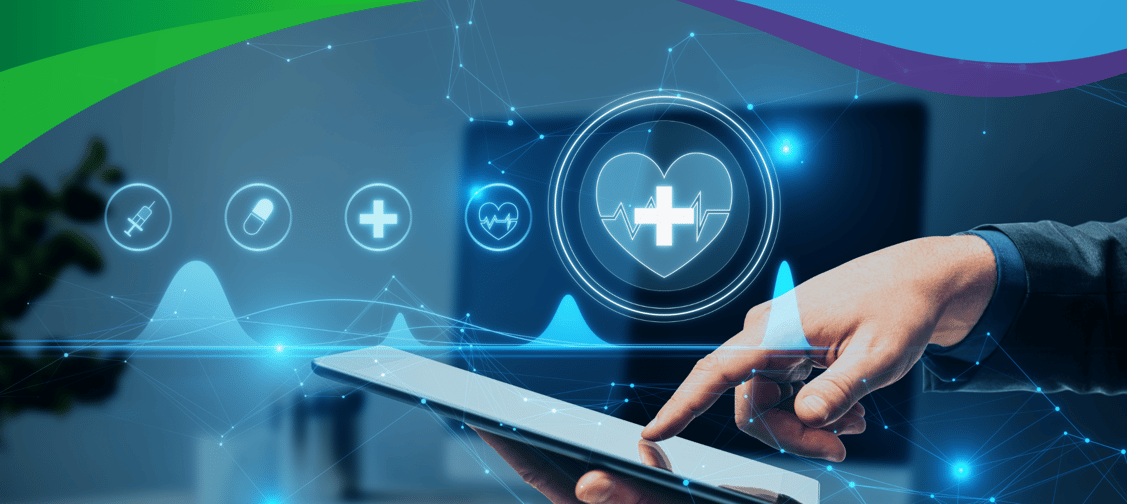Falls in nursing homes often signify serious risks, potentially leading to grave injuries or even...



Artificial Intelligence (AI) is not just a technological innovation; for nursing homes, it's a lifeline in an era dealing with staffing shortages, financial burdens, and an aging population.
Recent research by Accenture estimates AI could save the U.S. healthcare sector up to $150 billion annually by 2026. In the context of nursing homes, these aren't just numbers; they represent fewer overworked staff, more attentive care for residents, and reduced risk of costly mishaps.
Our aging demographic intensifies these staffing pressures. By 2060, the U.S. Census Bureau projects that nearly one in four Americans will be aged 65 or older, emphasizing the increasing demand for services like caregiving and nursing home facilities.
The Department of Health and Human Services (DHHS) sets specific worker-to-resident ratios, intensifying the dilemma of an increasing elder care demand but an insufficient workforce to meet these mandated ratios. As the demand for elderly care grows, meeting these standards will become increasingly challenging. Imbalances in these ratios could lead to overextended staff, potential decreases in care quality, longer response times, and overall operational inefficiencies. Artificial intelligence (AI) offers a potential solution to these issues.
The data from McKinsey Global Institute underlines that healthcare's next big leap will come from user-centric tools. For our overburdened nurses and care aides, this means AI-driven wearables that track resident health, or systems that preemptively identify fall risks, thus minimizing emergencies, hospital readmissions, and the resulting strain on resources.
Through AI, we can optimize staffing schedules, monitor resident health in real-time, and even predict and prevent falls by identifying patterns and triggers. This proactive approach helps alleviate staff strain and ensures a safer environment for residents.
AI offers a way to ensure that every resident, from Mrs. Cruz in Room 101 to Mr. Johnson in Room 205, receives consistent and attentive care, regardless of staffing fluctuations.
Benefits of Using AI in Nursing Homes
In an environment where every decision affects the bottom line and the well-being of residents, optimizing operations becomes paramount. AI integration stands out as an essential strategy to not only enhance patient care but also significantly reduce associated risks and costs.
-
Preempting Fall Risks
Falls don’t just endanger residents; they come with medical expenses and potential litigations. AI offers an invaluable solution by proactively predicting potential falls, reducing incidents, and subsequently cutting down associated costs.
-
Efficient Vital Sign Monitoring
Let’s say a caregiver tends to ten elderly residents, helping them with meals, restroom assistance, and frequent vital checks. Amidst this, if an emergency occurs, the situation can quickly escalate. Here, AI-enhanced vital sign monitoring systems act as a vigilant assistant, continuously overseeing residents' health and potentially averting crises, thus ensuring a consistent and quality-focused care environment even in the caregiver's brief absence
-
Optimizing Medication Management
Medication errors stand as the leading cause of adverse events, affecting over 1.3 million patients in the U.S. each year, with one in four encountering life-threatening consequences. These errors not only escalate healthcare costs and result in ineffective treatments but can also lead to medication-related hospitalizations, significantly tarnishing institutional reputations.AI's involvement in medication scheduling stands as a proactive solution, significantly reducing the risks of drug interactions, missed doses, and the substantial financial burdens tied to correcting such mistakes.
-
Transparent Communication Equals Trust
Trust isn't just about patient well-being; it's also about brand reputation and avoiding costly miscommunications. AI-enabled platforms keep families informed, minimizing misunderstandings and potential grievances.
-
The AI Proposition
It's clear – integrating AI into nursing homes is a strategic directive that reduces inherent risks and operational costs. For institutions aiming for unparalleled care without compromising on efficiency and financial health, AI is the path forward.
For nursing homes, AI is not about cold technology; it’s about warmth, care, and the added assurance it brings. It's about the relief a nurse feels when an AI alert helps avert a potential crisis. It’s the peace families experience knowing their loved ones have an added layer of protection. Most importantly, it's about ensuring the elderly get to enjoy their golden years with dignity, safety, and the best care possible.
Enhancing patient safety and elevating operational efficiency is achieved through tailored care, empowered by the insights drawn from cutting-edge technology. Intrigued about how Ok2StandUP can transform your approach to elder care?






